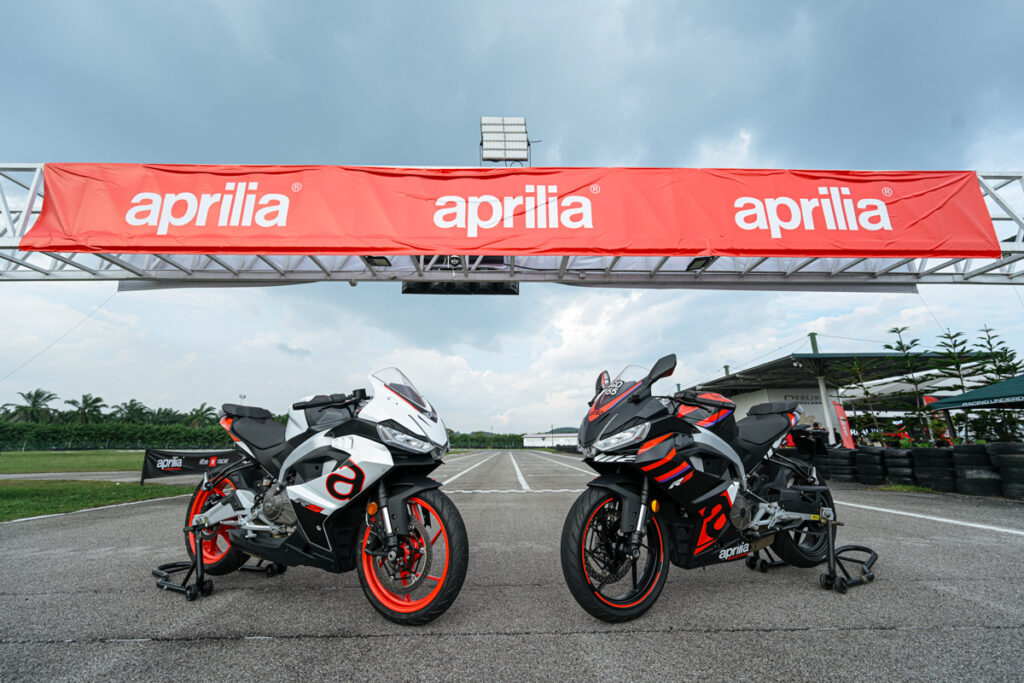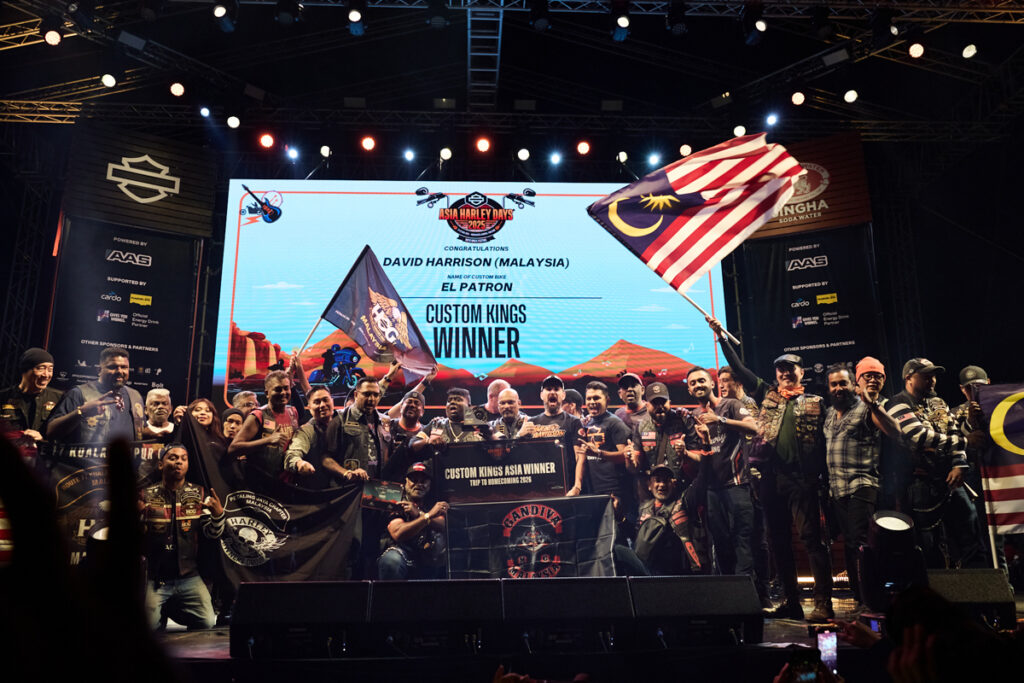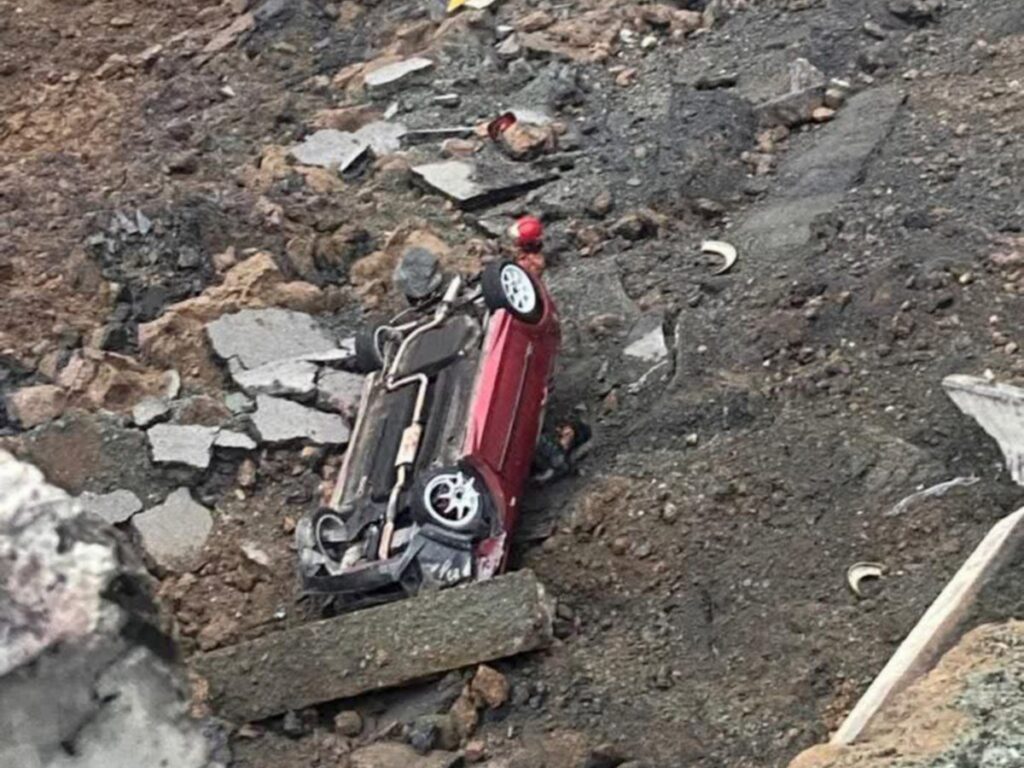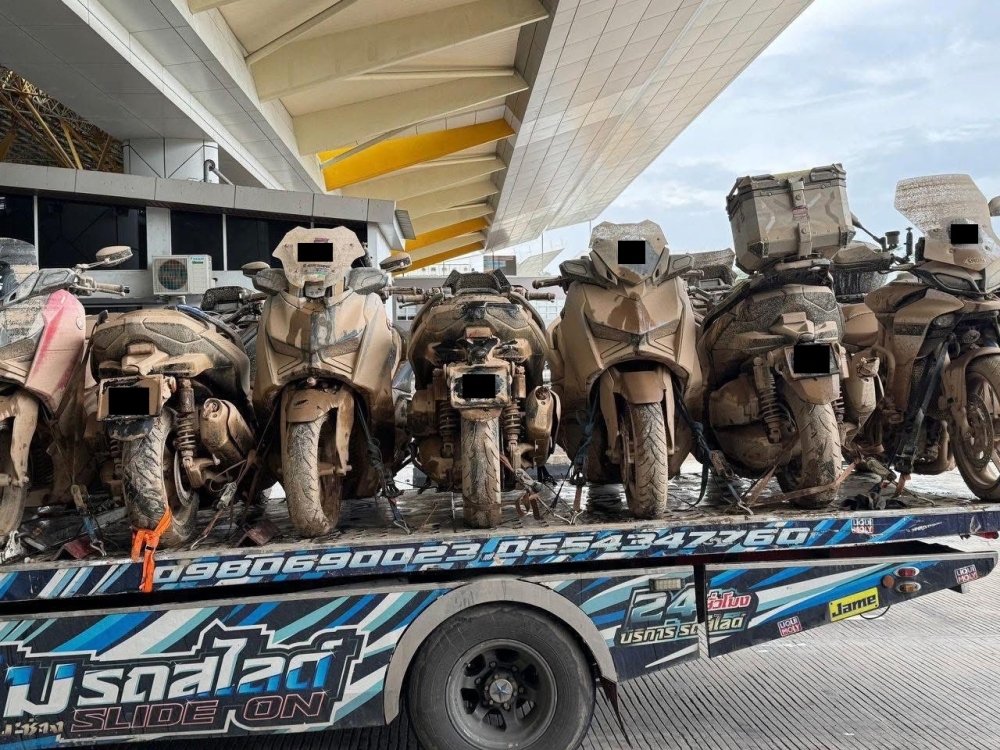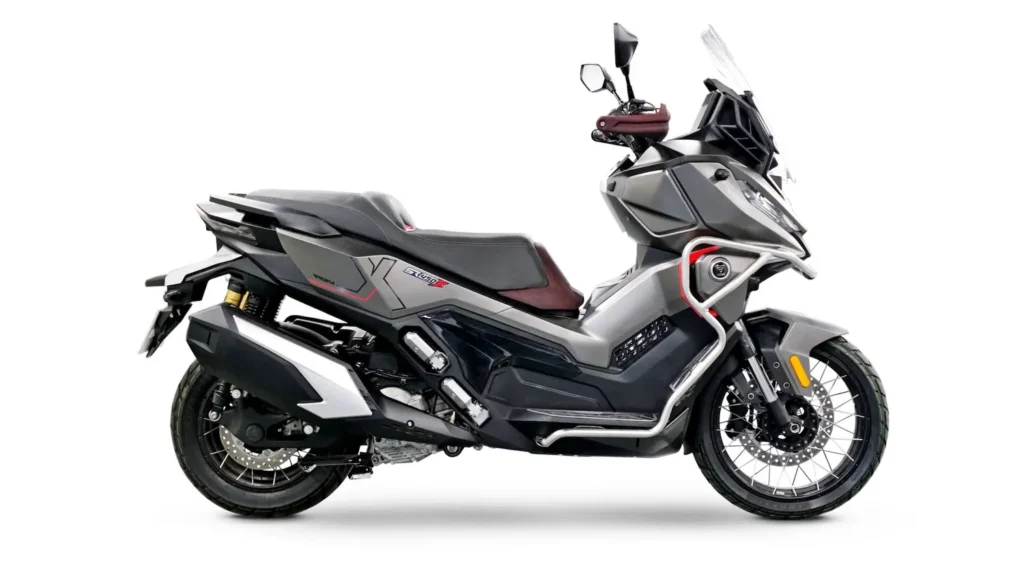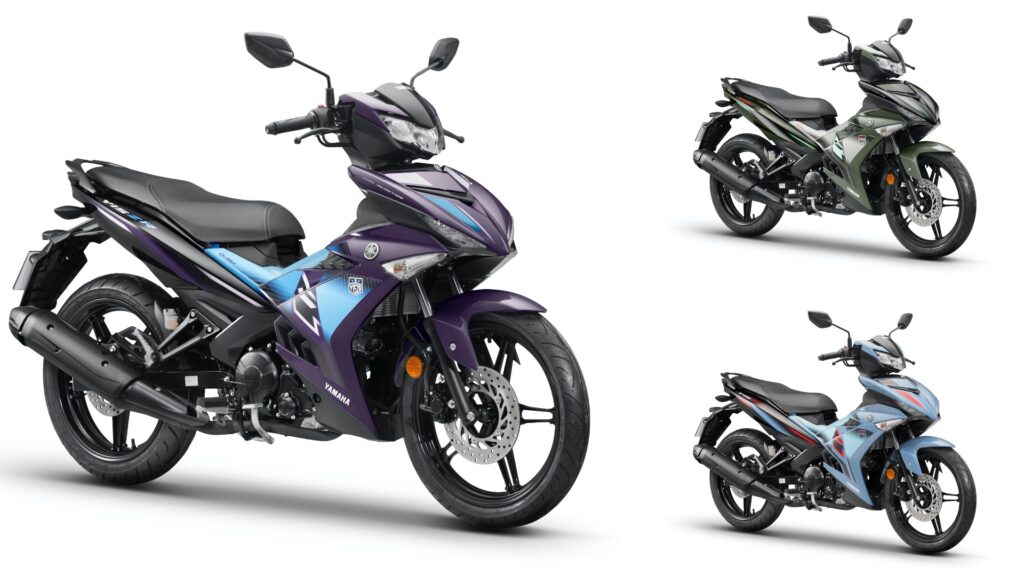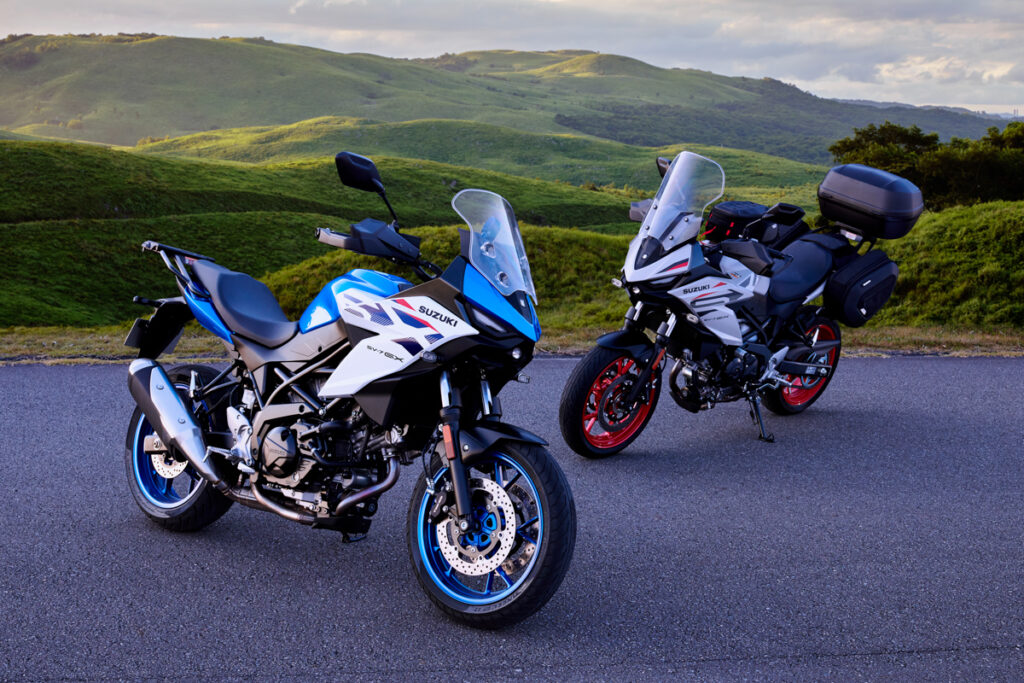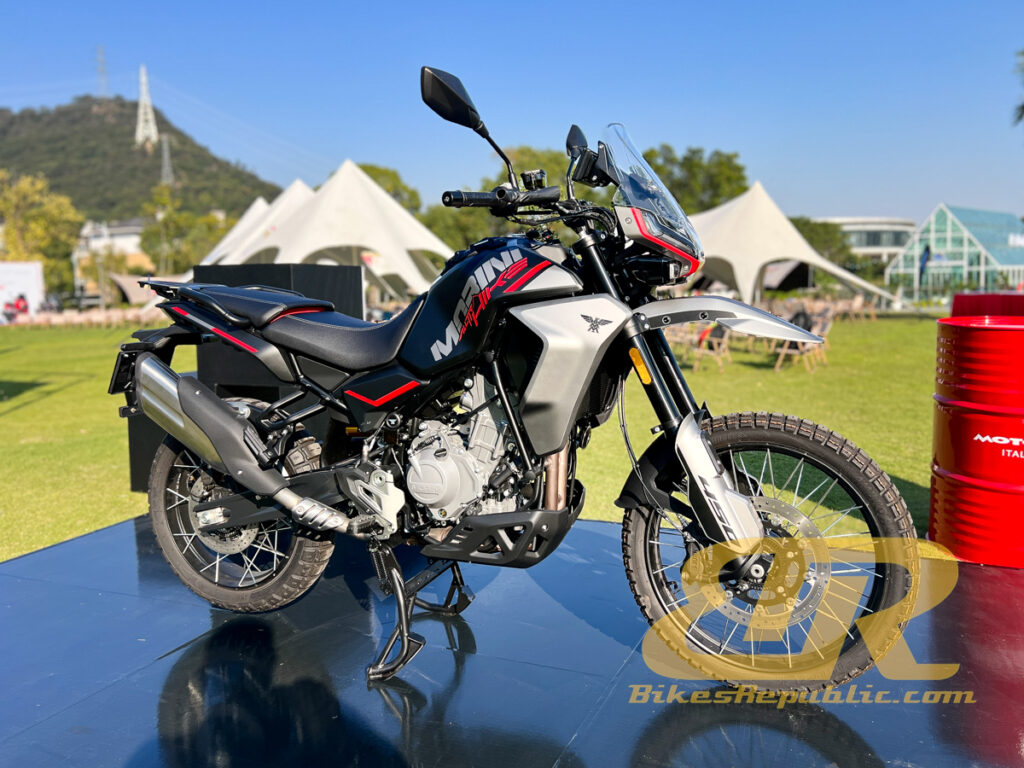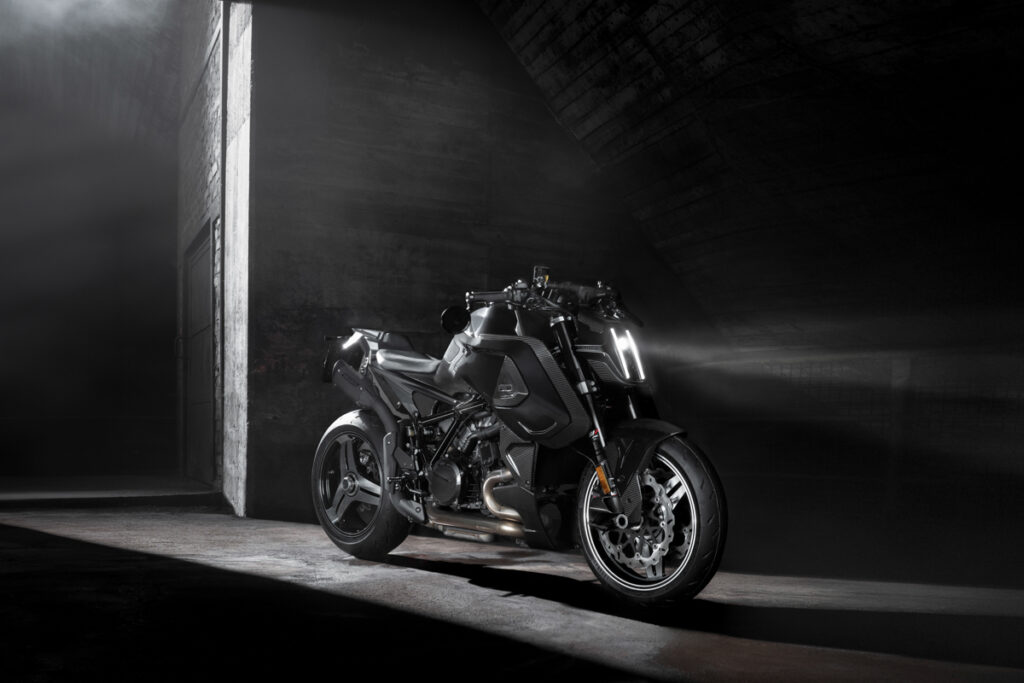Didi Group organised an exclusive event for Aprilia owners over the weekend following the 2025 MotoGP pre-season Winter Test at the Sepang International Circuit. The event included riding the RS457 on the Sepang International Kart Circuit nearby.
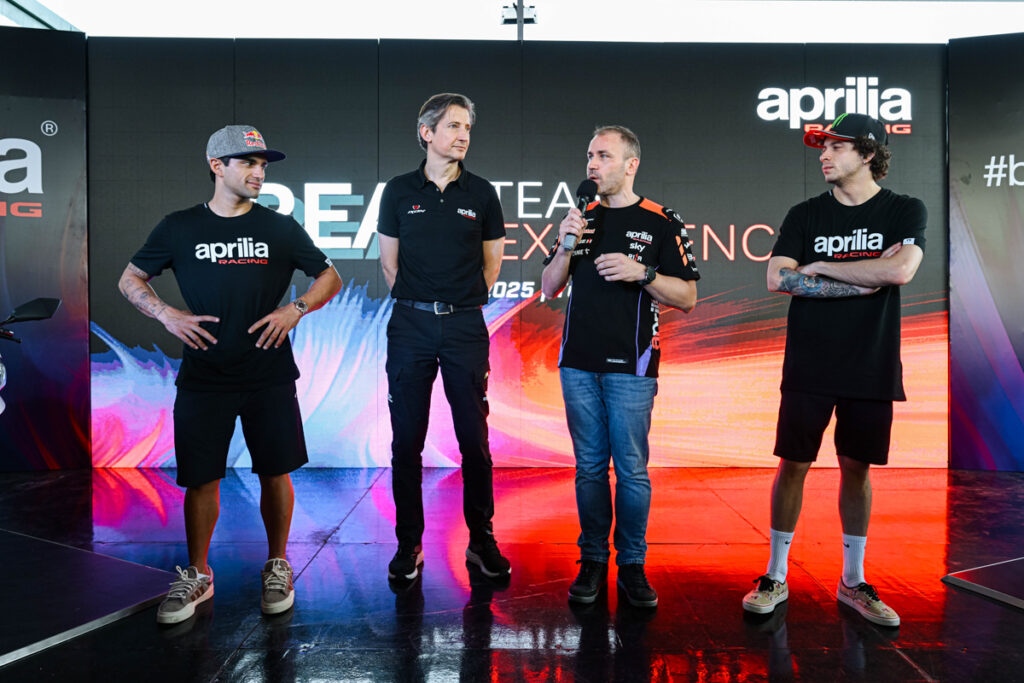
Begin Press Release:
Didi Group, the sole importer and distributor of Aprilia in Malaysia has designed an exclusive event to strengthen its brand presence and a lasting impact during the MotoGP 2025 winter test season here in Malaysia. A day full of engagement with the Aprilia community, and introduction to the highly anticipated RS 457.
The event featured a special introduction, featuring Jorge Martin and Marco Bezzecchi, showcasing their ambitions for the upcoming MotoGP 2025 season. Meet & Greet session with the 2025 MotoGP Aprilia Racing Team, giving fans and owners a rare opportunity to interact with top riders Jorge Martin, Marco Bezzecchi, and Lorenzo Savadori. Additionally, the RS 457 Track Activation aim to provide an exhilarating experience for attendees to witness Aprilia’s cutting-edge technology.
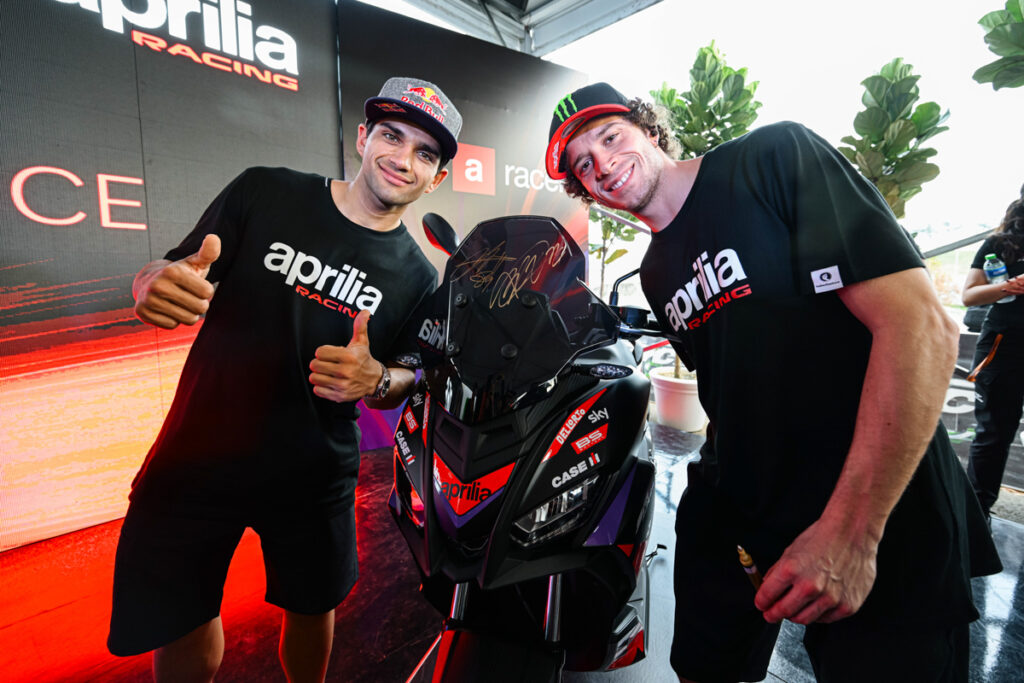
Key Highlights of the Event:
- Exclusive Meet & Greet with Aprilia Racing Team.
- RS 457 Track Activation – Showcased the latest in Aprilia’s sportbike innovation.
- Lorenzo Savadori engagement with the Aprilia Community – Showcased his riding technique with the Aprilia RS 457.
- Showcasing full Aprilia model line-up – RS660, Tuono 660, RS 457, SR GT 200 and SR GT 200 Replica.
- Attendees included esteemed figures such as Mr. Massimo Rivola, Chief Operating Officer, Aprilia
Racing, along with Aprilia Malaysia’s key business partners, dealers, and a passionate community
of owners.
Aprilia continues to set new benchmarks in the sportbike segment with the all-new RS 457, a machine designed to deliver outstanding performance, easy handling, and cutting-edge technology. In a recent interview, Lorenzo shared his insights on the bike and the excitement it has generated among journalists and riders alike.
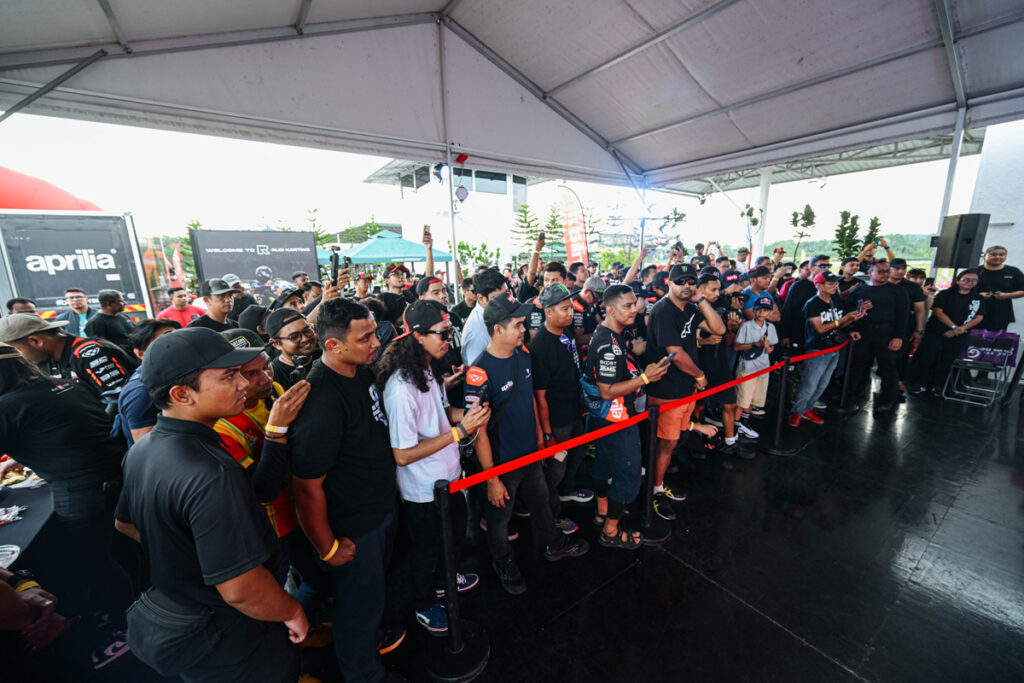
A Compact Powerhouse
When asked to describe the RS 457 in three words, Lorenzo was clear: Light and powerful, easy to ride, and technologically complete. This new addition to the RS family maintains Aprilia’s signature DNA while offering an exhilarating experience for both beginners and experienced riders.
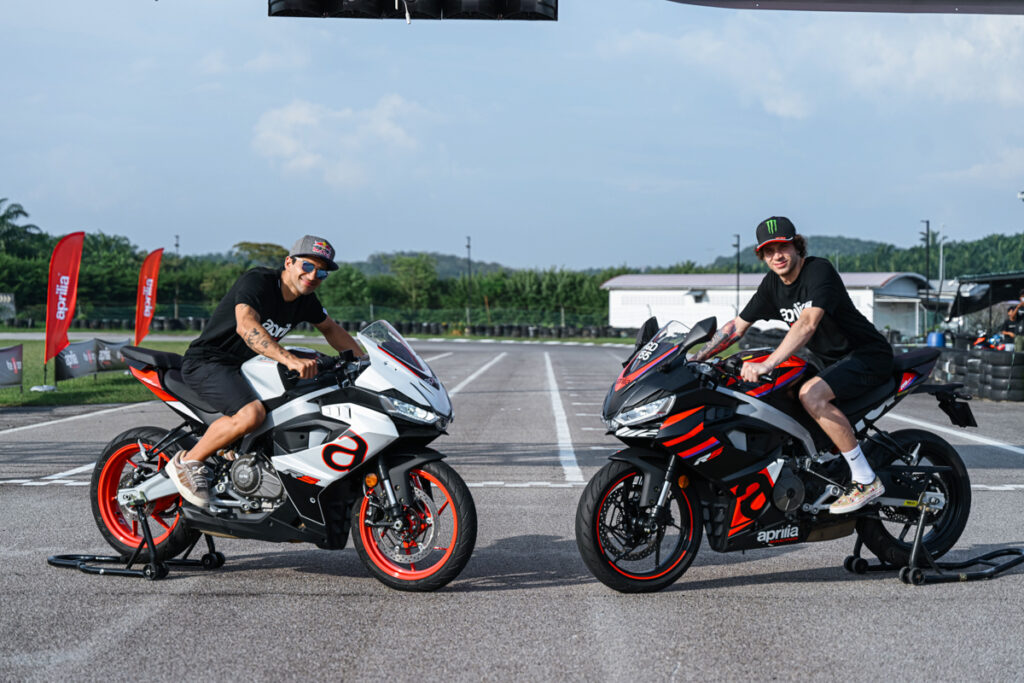
An Authentic Aprilia Riding Experience
Comparing the RS 457 to the RSV4 and RS 660, Lorenzo affirmed that despite the differences in displacement and power, the RS 457 still embodies the distinct Aprilia essence. The RS 457 has fewer horsepowers than the RSV4, but when you jump on this bike, you feel you are riding an Aprilia, thanks to its typical Aprilia easy handling. This characteristic ensures that every rider experiences the precision and control that defines Aprilia
motorcycles.
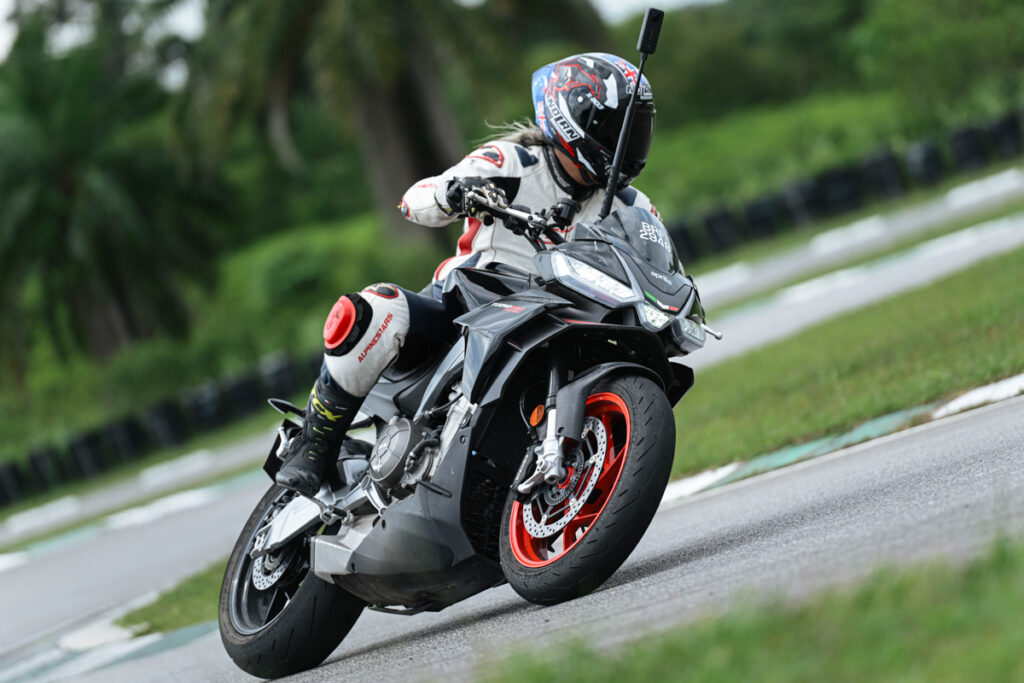
Cutting-Edge Features for an Unmatched Ride
When asked about standout features, Lorenzo pointed to the RS 457’s advanced Traction Control system. The presence of the Traction Control feature allows for adjusting the setup to best fit my riding mode, he explained. This adaptability ensures that riders can tailor their experience to their skill level and riding conditions.
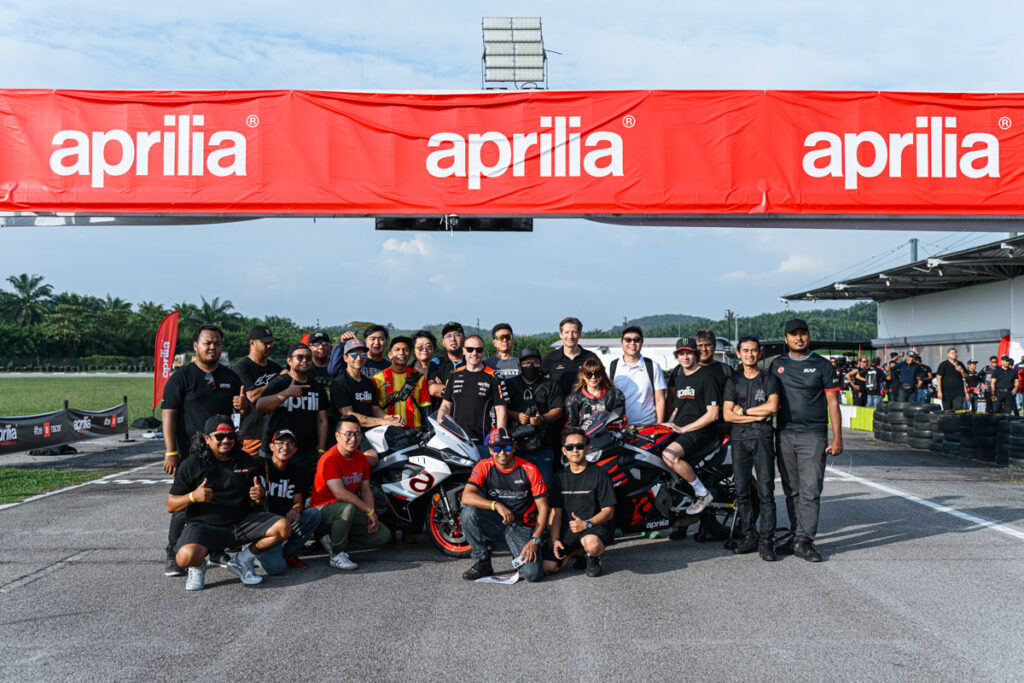
Ready for the Track
Beyond street riding, the RS 457 is primed for track use. Lorenzo emphasized the bike’s racing potential, noting that Aprilia Racing offers a special kit that transforms the RS 457 into a racing bike, including a fairing, ECU, air filter, and switch buttons.
The Aprilia RS 457 stands as a testament to innovation, performance, and the brand’s racing
heritage. With its dynamic capabilities and advanced technology, it is poised to become a favorite
among riders seeking both everyday thrills and track-ready excitement.
